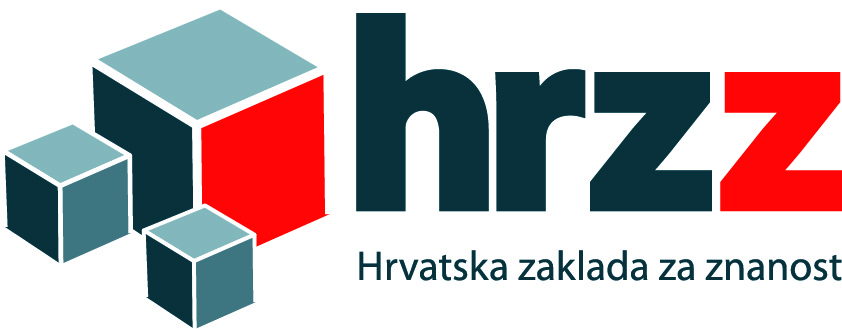Project title: Gravity and parity violation (GRAPARION)
Project duration: 1 September 2014 - 1 September 2017
Scientific area: Natural sciences
Scientific field: Physics
Scientific area by ERC classification: Physical Sciences and Engineering
PE2 Fundamental Constituents of Matter: Particle, nuclear, plasma, atomic, molecular, gas, and optical physics
PE2_1 Fundamental interactions and fields
Summary
The effect of parity or charge-parity (CP) violation in gravitational theories has not been extensively studied so far in the literature. Nevertheless this phenomenon might be very important and help explaining the baryon asymmetry of the Universe: our Universe consists of matter, with the negligible amount of antimatter. Despite many attempts a satisfactory explanation for this asymmetry is not yet at hand, although it is generally accepted that the processes responsible for it must violate CP. The qualifying aim of this project is to explore the idea that CP violation may be traced back to gravity. However we believe it is more effective to cope with this problem in the framework of a more general research on parity violating effects in gravity, which we will study by means of modern methods of exploring the gravitational interaction: holography, Kerr black hole horizon-conformal field theory (Kerr-CFT) correspondence, trace anomalies, entanglement entropy, fluid-gravity correspondence. The focus will be in particular on the natural candidates for parity violating gravity processes - the Chern-Simons terms, both pure gravitational and mixed gauge-gravitational ones - using extra-dimension models inspired by the string theory. The expected outcome is a significant increase in understanding the consequences of parity violating gravitational interactions, not only in relation with possible CP violations, but also for other effects, e.g. for corrections to black hole entropy.
Team members
- Loriano Bonora
- Maro Cvitan
- Predrag Dominis Prester
- Stefano Gregorio Giaccari
- Bruno Lima de Souza (former team member)
- Silvio Pallua
- Mateo Paulišić
- Ivica Smolić
- Tamara Štemberga
The project is supported by the Croatian Science Foundation.


 Pristupačnost
Pristupačnost